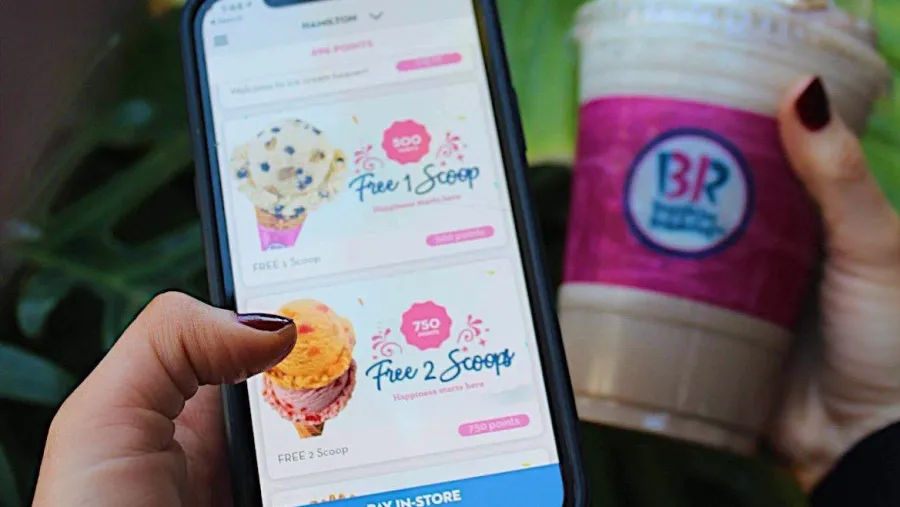
Here’s how to make virtual restaurants work
Baskin-Robbins CEO Julian Casa believes this is a missed opportunity for QSRs.
For most QSRs, they see third-party aggregators as a necessity instead of an opportunity however Baskin-Robbins CEO Julian Casa found a way to make partnerships with aggregators part of their growth strategy.
In a report by GlobalData, at least three in six have said they ordered food and drinks from food delivery channels at least once a month, making it the third most frequented channel surveyed behind quick service or fast food restaurants and supermarkets.
This means that despite economic challenges, consumers will still seek the convenience of meals delivered to their doors instead of cooking or going out to eat.
MORE LIKE THIS: Why digital-led strategies are vital to Baskin-Robbins' growth
However, in the last few years, QSRs have started to invest heavily in loyalty programmes and apps to attract customers. These brands' main strategies are providing special promotions for consumers who order directly from the app or choose to pick up their meals where no additional delivery fees are added, pulling consumers away from delivery aggregators.
In a quick interview with QSR Media, Julian said brands are missing out on growth opportunities aggregators can offer and one of those opportunities is working with aggregators to create virtual restaurants.
Julian mentioned their partnership with Netflix to promote the streaming platform’s show Stranger Things in 2019 as an example.
For the campaign, Baskin-Robbins brought to life Scoops Ahoy, an ice cream parlour in the series, as a virtual restaurant in partnership with Uber Eats.
Baskin-Robbins created a digital experience inspired by the show. For example, the brand created a microsite for fans to engage in a virtual scavenger hunt that will give them a chance to win a trip to the set.
MORE LIKE THIS: Can fast-food restaurants become 100% digital?
“When we launched the virtual restaurant for the Stranger Things campaign, we saw a 30% increase in delivery sales. Most recently we launched a standalone virtual restaurant which also saw a considerable increase as well,” Julian said.
According to Julian, this strategy was encouraged by the lack of dessert players in the marketplace aggregators.
“This has also helped our franchise partners grow the pie sort to speak about dessert options whilst driving revenue for the in-store network. It also let us learn a bit more different menu items we may consider introducing in the future,” Juliajn explained.
“Virtual restaurants I believe are still untapped and there are plenty of opportunities for brands to either play at a promotional level with a virtual restaurant or consider a fully-fledged concept.”



























